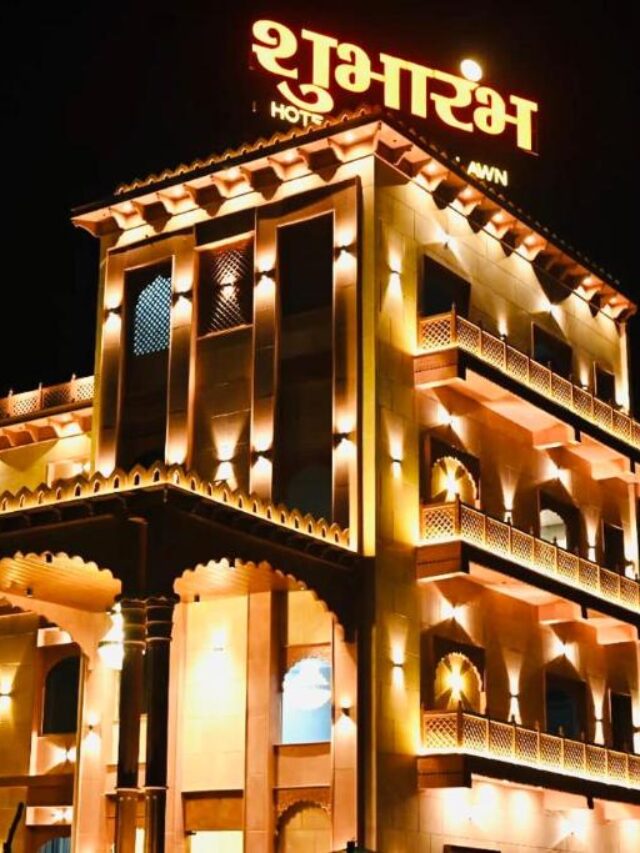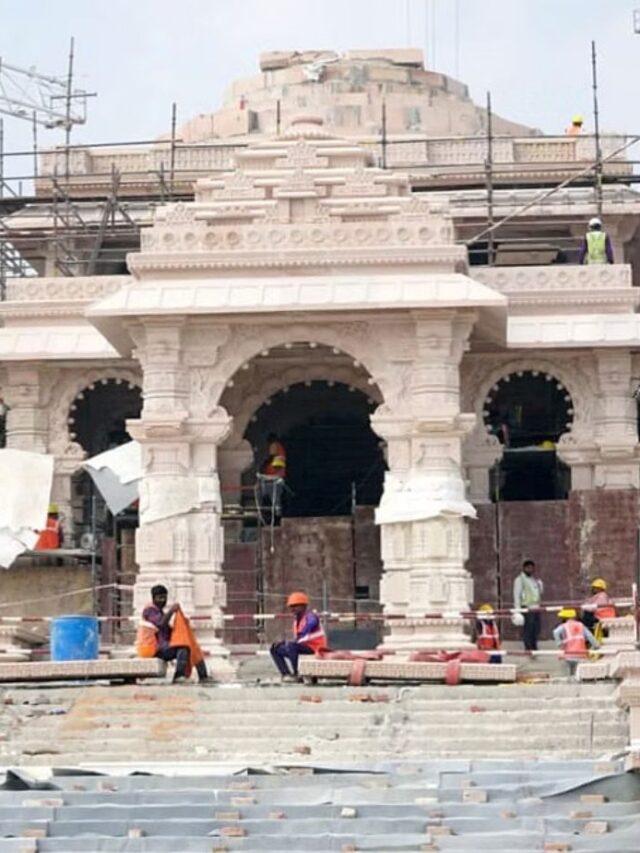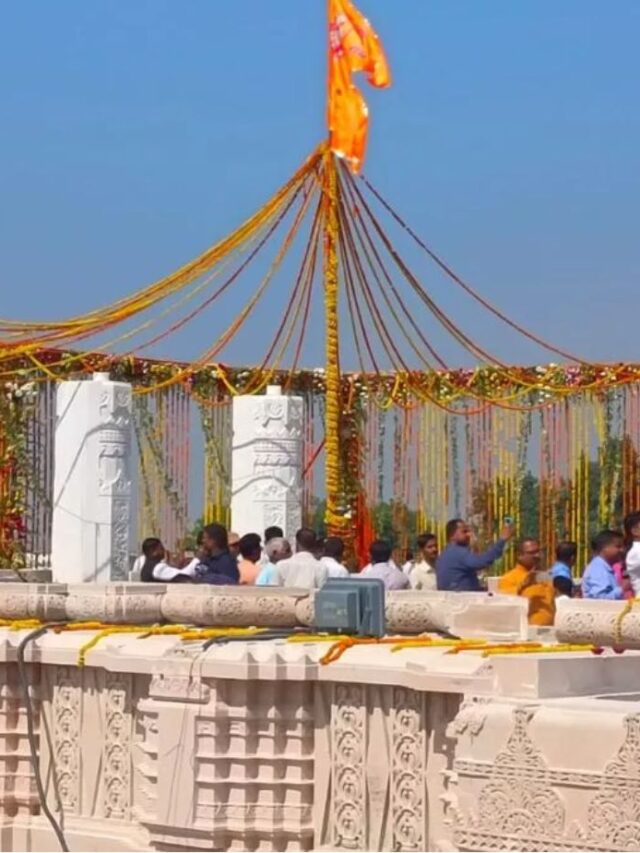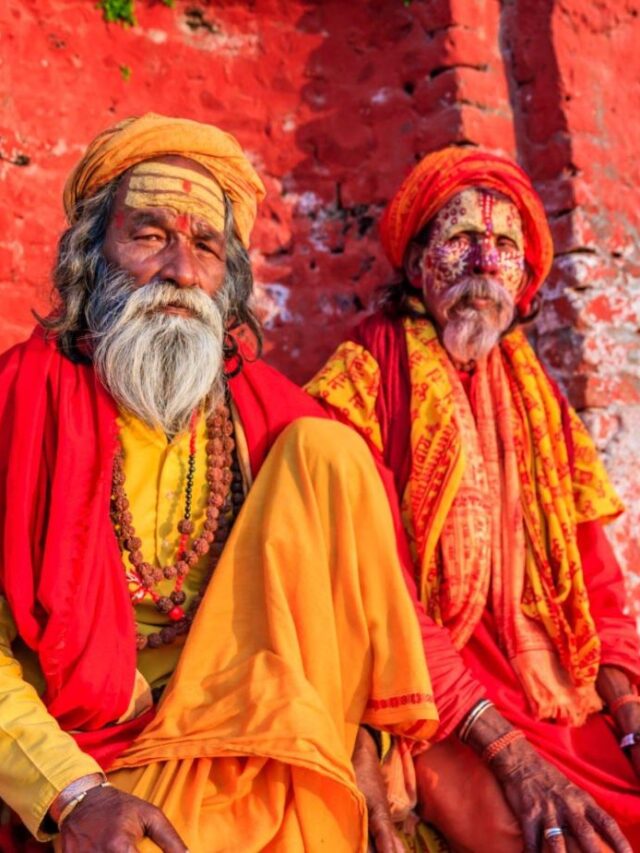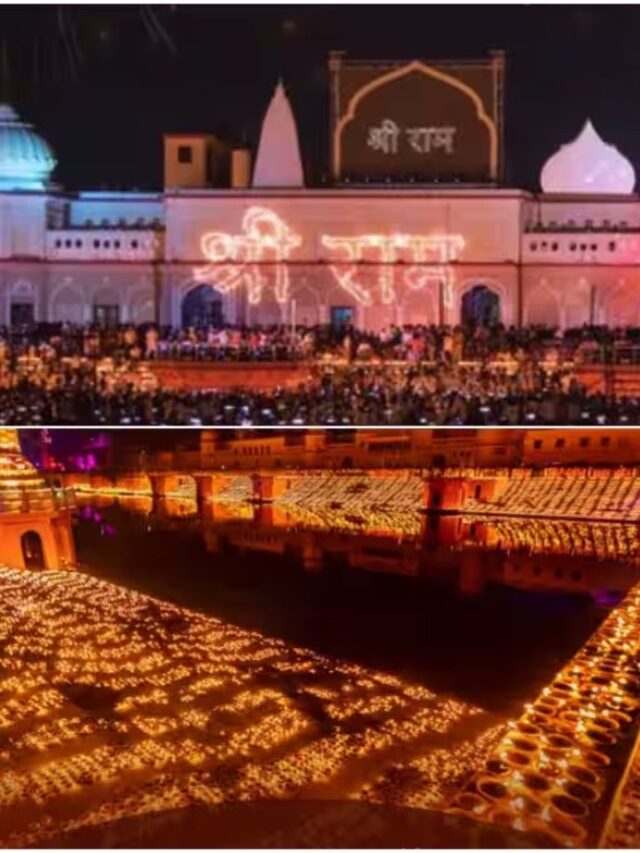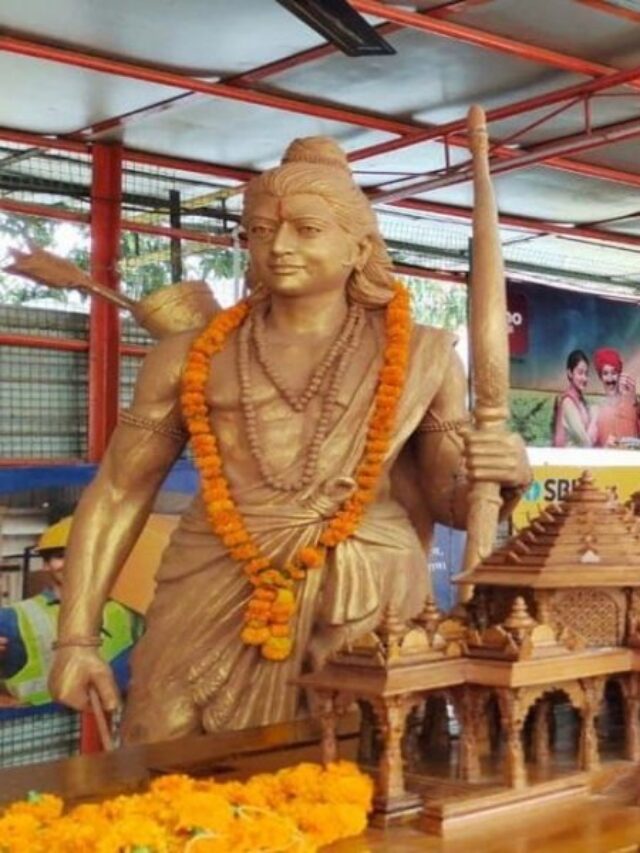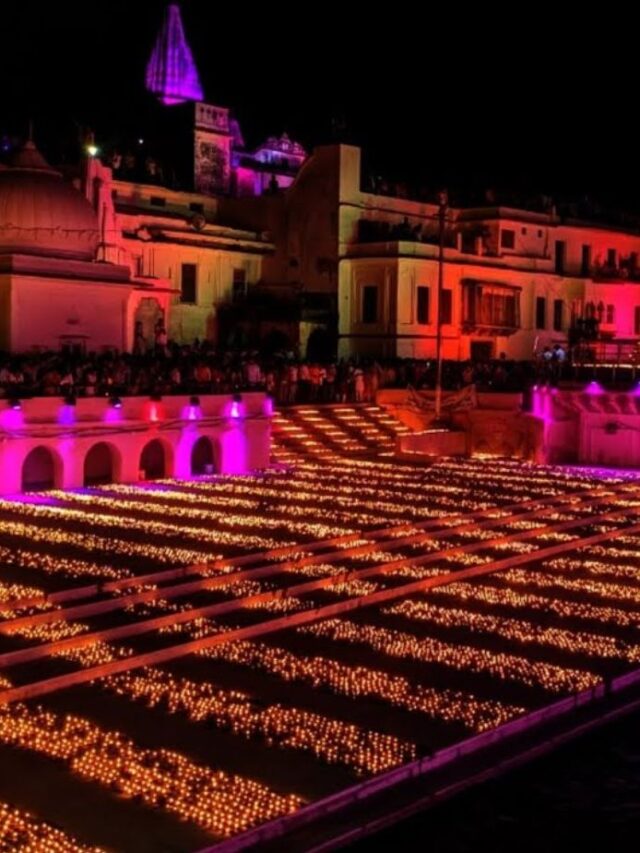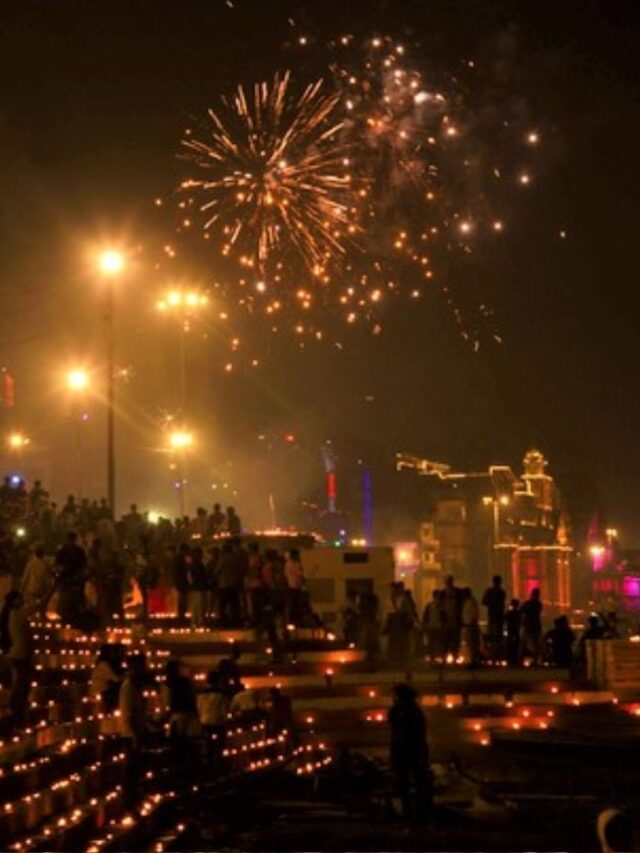The term “Ayodhya” resonates deeply within the heart of India’s cultural heritage, holding a historical narrative that intertwines myth, faith, and identity. The Ayodhya Reclamation marks a transformative juncture, merging intricate legal battles with profound cultural undertones. As we embark on a journey to unravel its historical odyssey and cultural implications, we navigate through time, unveiling the tapestry of beliefs and aspirations that make Ayodhya an enduring symbol of unity and diversity.
- Historical Reverence of Ayodhya
Gracefully cradled along the gentle banks of the hallowed Sarayu River, Ayodhya is venerated as the hallowed site of Lord Rama’s birth, an eminent protagonist in the revered Hindu epic Ramayana. The city’s very name evokes a celestial domain, where the threads of devotion, chronicles of yore, and the fabric of myth seamlessly entwine. Enduring through epochs, its time-honored temples, notably the esteemed Ram Janmabhoomi, have beckoned wanderers and scholars across ages, rendering Ayodhya a captivating crucible where cultures, beliefs, and heritage fuse harmoniously.

Read more – Reviving Traditions: Ayodhya Cultural Renaissance Initiatives
Read more – Exploring Ayodhya: A Journey into the Heart of Indian Spirituality and Heritage
- The Legal Odyssey
The Ayodhya Reclamation gained significant prominence due to a protracted legal dispute over the ownership of the land where the Babri Masjid once stood. The dispute spanned decades and traversed various courts, stirring emotions and rekindling debates over historical claims and religious sentiments. The Supreme Court of India’s landmark verdict in 2019 sought to bring closure to the matter, acknowledging both the archaeological and historical evidence, and paving the way for the construction of a Ram temple on the site.
- Cultural Unification and Divisive Narratives
While the Ayodhya Reclamation represents a moment of cultural unification, it also underscores the divisive narratives that have existed for generations. The dispute brought to the forefront the complexities of preserving cultural heritage while respecting the beliefs of diverse communities. The resolution of the Ayodhya issue opens a path for dialogue and understanding, emphasizing the need for harmony and coexistence among India’s varied religious and cultural groups.
- Architectural Marvel: The Ram Temple
Erecting the Ram temple in Ayodhya serves as a testament to India’s remarkable architectural expertise and profound spiritual dedication. Rooted in the essence of ancient temple design, this majestic structure aspires to embody unity, tranquility, and unwavering devotion. The temple’s design pays homage to the intricate craftsmanship of ancient India while embracing modern construction techniques, exemplifying the synergy between tradition and progress.
- Preserving Heritage and Fostering Unity
The Ayodhya Reclamation transcends legal boundaries and political narratives, embodying a larger message of preserving heritage and fostering unity. The journey toward reclamation serves as a reminder of the power of dialogue, empathy, and compromise. It underscores the importance of recognizing shared histories, even in the face of disagreements, and striving to forge a future that respects and celebrates the cultural diversity that defines India.
Conclusion
The Ayodhya Reclamation encapsulates a poignant chapter in India’s history, one that weaves together religion, heritage, law, and unity. As the Ram temple takes shape on the revered land, it serves as a beacon of hope, reminding us of the country’s capacity to navigate complex challenges and emerge stronger, more united. The historical journey and cultural significance of Ayodhya’s reclamation invite us to reflect on the profound connections between past, present, and future, and to embrace the threads that bind India’s diverse tapestry into a harmonious whole.
Read more – Independent Vehicles: Reforming How We Travel

